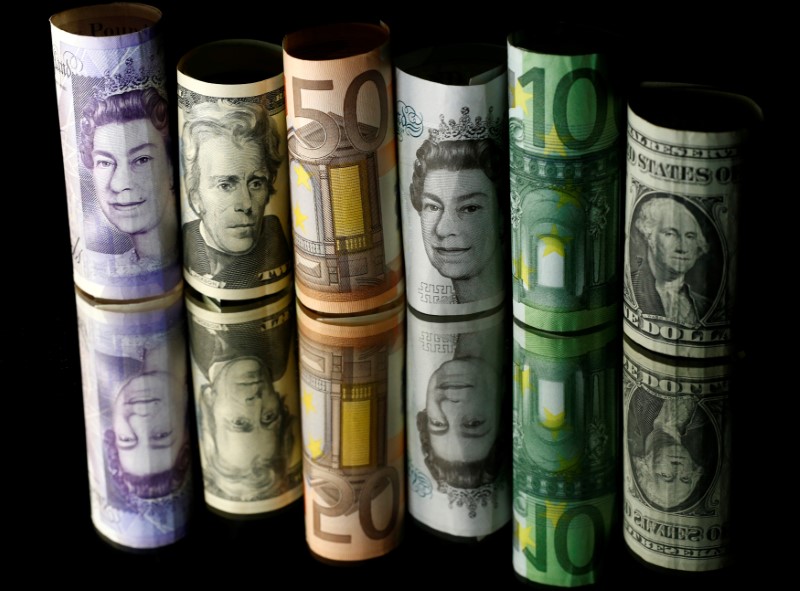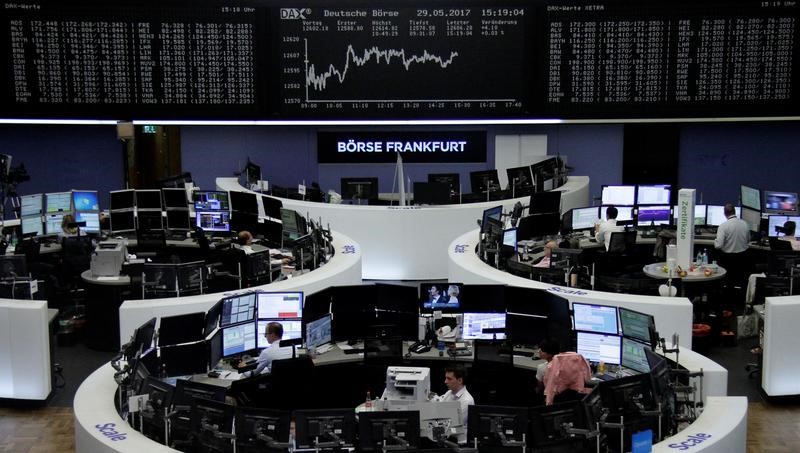You don't have to be a daily trader to take advantage of the forex market - every time you travel overseas and exchange your money into a foreign currency, you are participating in the foreign exchange (forex) market. In fact, the forex market is the quiet giant of finance, dwarfing all other capital markets in its world.
Despite this market's overwhelming size, when it comes to trading currencies, the concepts are simple. Let's take a look at some of the basic concepts that all forex investors need to understand.
Tutorial: Popular Forex CurrenciesMajorsUnlike the stock market where investors have thousands of stocks to choose from, in the currency market, you only need to follow eight major economies and then determine which will provide the best undervalued or overvalued opportunities. These following eight countries make up the majority of trade in the currency market:
Economic data is released from these countries on an almost daily basis, allowing investors to stay on top of the game when it comes to assessing the health of each country and its economy. (For more insight, see Trading On News Releases.)
Yield and ReturnWhen it comes to trading currencies, the key to remember is that yield drives return.
When you trade in the foreign exchange spot market, you are actually buying and selling two underlying currencies. All currencies are quoted in pairs, because each currency is valued in relation to another. For example, if the EUR/USD pair is quoted as 1.3500 that means it takes $1.35 to purchase one euro.
In every foreign exchange transaction, you are simultaneously buying one currency and selling another. In effect, you are using the proceeds from the currency you sold to purchase the currency you are buying. Furthermore, every currency in the world comes attached with an interest rate set by the central bank of that currency's country. You are obligated to pay the interest on the currency that you have sold, but you also have the privilege of earning interest on the currency that you have bought.
For example, let's look at the New Zealand dollar/Japanese yen pair (NZD/JPY). Let's assume that New Zealand has an interest rate of 8% and that Japan has an interest rate of 0.5% In the currency market, interest rates are calculated in basis points. A basis point is simply 1/100th of 1%. So, New Zealand rates are 800 basis points and Japanese rates are 50 basis points. If you decide to go long NZD/JPY you will earn 8% in annualized interest, but have to pay 0.5% for a net return of 7.5%, or 750 basis points.
Despite this market's overwhelming size, when it comes to trading currencies, the concepts are simple. Let's take a look at some of the basic concepts that all forex investors need to understand.
Tutorial: Popular Forex CurrenciesMajorsUnlike the stock market where investors have thousands of stocks to choose from, in the currency market, you only need to follow eight major economies and then determine which will provide the best undervalued or overvalued opportunities. These following eight countries make up the majority of trade in the currency market:
- United States
- Eurozone (the ones to watch are Germany, France, Italy and Spain)
- Japan
- United Kingdom
- Switzerland
- Canada
- Australia
- New Zealand
Economic data is released from these countries on an almost daily basis, allowing investors to stay on top of the game when it comes to assessing the health of each country and its economy. (For more insight, see Trading On News Releases.)
Yield and ReturnWhen it comes to trading currencies, the key to remember is that yield drives return.
When you trade in the foreign exchange spot market, you are actually buying and selling two underlying currencies. All currencies are quoted in pairs, because each currency is valued in relation to another. For example, if the EUR/USD pair is quoted as 1.3500 that means it takes $1.35 to purchase one euro.
In every foreign exchange transaction, you are simultaneously buying one currency and selling another. In effect, you are using the proceeds from the currency you sold to purchase the currency you are buying. Furthermore, every currency in the world comes attached with an interest rate set by the central bank of that currency's country. You are obligated to pay the interest on the currency that you have sold, but you also have the privilege of earning interest on the currency that you have bought.
For example, let's look at the New Zealand dollar/Japanese yen pair (NZD/JPY). Let's assume that New Zealand has an interest rate of 8% and that Japan has an interest rate of 0.5% In the currency market, interest rates are calculated in basis points. A basis point is simply 1/100th of 1%. So, New Zealand rates are 800 basis points and Japanese rates are 50 basis points. If you decide to go long NZD/JPY you will earn 8% in annualized interest, but have to pay 0.5% for a net return of 7.5%, or 750 basis points.




